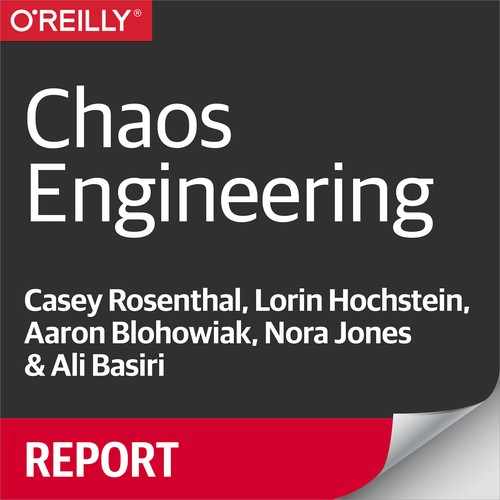Part I. Introduction
Chaos Engineering is the discipline of experimenting on a distributed system in order to build confidence in the system’s capability to withstand turbulent conditions in production.
If you’ve ever run a distributed system in production, you know that unpredictable events are bound to happen. Distributed systems contain so many interacting components that the number of things that can go wrong is enormous. Hard disks can fail, the network can go down, a sudden surge in customer traffic can overload a functional component—the list goes on. All too often, these events trigger outages, poor performance, and other undesirable behaviors.
We’ll never be able to prevent all possible failure modes, but we can identify many of the weaknesses in our system before they are triggered by these events. When we do, we can fix them, preventing those future outages from ever happening. We can make the system more resilient and build confidence in it.
Chaos Engineering is a method of experimentation on infrastructure that brings systemic weaknesses to light. This empirical process of verification leads to more resilient systems, and builds confidence in the operational behavior of those systems.
Using Chaos Engineering may be as simple as manually running kill -9 on a box
inside of your staging environment to simulate failure of a service. Or, it can
be as sophisticated as automatically designing and carrying out experiments in a
production enviroment against a small but statistically significant fraction of
live traffic.
This book explains the main concepts of Chaos Engineering, and how you can apply these concepts in your organization. While the tools that we have written may be specific to Netflix’s environment, we believe the principles are widely applicable to other contexts.
